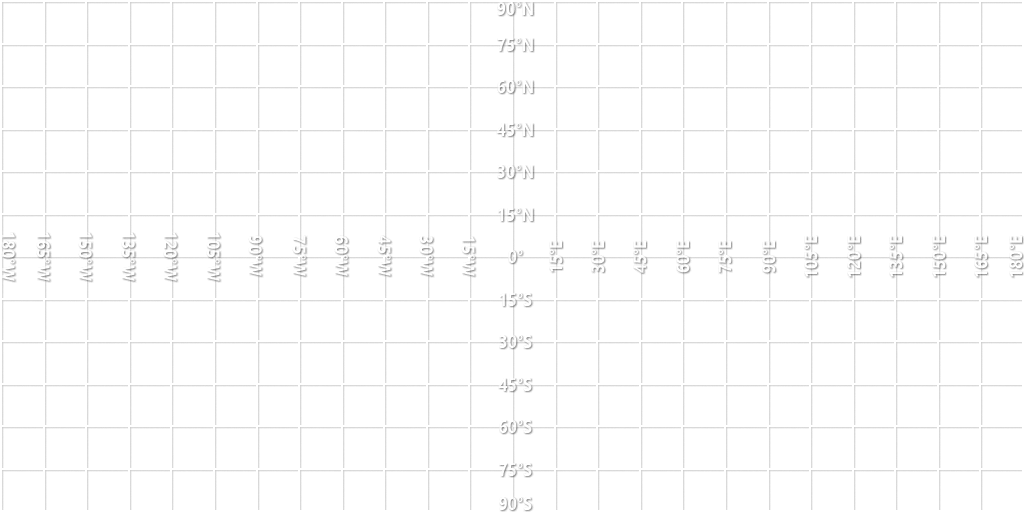
Other Name(s): Caligulus, Ashmor
Pronunciation: Ka - thar - ay - us
"Raging tempest of frigid chaos"
added rings cuz yeah and for realism

from the US2 variant of the Antarius System
inspiration: Neptune and Uranus


Date of Discovery: Sol 126.2070
Class:
Cold Super Jovian
General Characteristics:
Jovian Masses: 2.35 mJ
Jovian Radius: 1.17 rJ
Density per cubic meter: 1.95 g/cm^3
Average Temperature: ~175.64k
Surface Gravity: 44.762 m/s^2
Age: ~4.89 SBY
Atmospheric Characteristics:
Surface Atmospheric Composition:
32.13% Nitrogen
23.87% Xenon
15.64% Argon
11.92% Methane
8.60% Oxygen
4.73% Water Vapor
1.98% Carbon Monoxide
1.13% Trace Gases
Atmospheric Pressure: 0.928 atm
Atmospheric Mass: 0.949 aE
Atmospheric Density: 1.092215 kg/m^3
[Note]: This is from "breathable" altitudes. The atmospheric parameters change the higher or lower you go]
Orbital Characteristics:
Orbital Parent(s): Arventhor, Tempris
Orbital Period: 9.89 SY
Semi-Major Axis: 6.68 AU
Orbital Eccentricity: 0.06097
Orbital Inclination: 1.986°
Rotational Period: 0.355 S
Obliquity: 13.61°
10th planet from Arventhor-Tempris. Lies in between the orbits of Ikkarris and Ormann.
Katharaeas, also known as Antarius IX (called “Kathaer” by the natives) is a relatively normal-sized planet of its class. It is known for its deep blue color, shining rings, and dazzling auroras. It is the second-to-last gas giant of the ArTis (Arventhor-Tempris) binaries, and beyond its orbit lies ice and rocky planets, along with the final gas giant, Darrius. Kartharaeas is also known for its extraordinary mass and gravity. This is so because of its denser core compared to the other Jovian planets around ArTis. The wind speeds on this planet are very fast, resulting in longer, thinner bands. In the upper levels of the atmosphere where most clouds lie, it is much calmer, but is still quite turbulent, mostly because of the seasonal winds caused by Katharaeas’ “high” obliquely compared to the other gas giants.
Lore:
Katharaeas is the fifth gas giant of ArTis, and the third smallest, right after Domar. It has a highly inclined orbit compared to the other planets, and its obliquity is much higher than the other four Jovian planets. Katharaeas also has a very high mass compared to its radius, giving it a high gravity for its size. Current data suggests that its core is dense, while also having a lot of water. One planet that is reminiscent of Katharaeas is Neptune from the Solaris System.
Its rings are made of ice, some of which exhibit unique and strange properties. While most people believe they are just a new type of ice, the truth is, is that is the doing of the Hyperant that the planet was named after. Kathar (actual name: Kaither Sars). This Hyperant dwelled on this planet. Kathar exhibited frigid powers, typically using the cold and things tied to it, like decreasing the temperature of pretty much anything. Kathar can also create different materials using his frigid abilities, like Glaciostone, a durable material that melts at around ~500k. His participation in the Aurean Great War was quite acknowledged, helping combat and seal away Xerath Vanossias, with the help of Zolphyus Kaith. After being marginally alive, freezing the nanobots from devouring and infecting him, he found refuge in this planet, which at the time was called Ashmor. I could go on and on about the rich and diverse history of this Hyperant and his planet, but let's move on, as there are other important matters to discuss.
Katharaeas, like many other Jovian planets out there in all the Antarius System, has a relatively large moon count. As previously mentioned in past entries, this is because of the metallicity of ArTis and the Tanis Nebula, allowing stars and planets to foster celestial bodies, whether moon or planet. An example can be Arllath or Arkkanna, but more on that later. Katharaeas has a high mass and a radius half of it. The high mass is caused by the amount of materials present (and also Kathar). There is a lot of water, ammonia, methane, the usual mixture of hydrogen and helium, and various ices that exist within and without the planet (i.e. the rings). It also has an extraordinarily large rocky core. There are also clouds created by constantly freezing water and methane ices (I was heavily inspired by Neptune ok?). Thanks to the windspeed, the clouds are constantly shifting, creating extravagant patterns and "cold hypercanes". There is also no native organic life, only the creatures created by Kathar, like Ice Wolves. Like every other gas giant, Katharaeas has something unique that makes it stand out and known. Its moons, Rings, Auroras, and the planet itself, all make it special.
Natural Satellites:
Chinotov
Qi'xia
Onheshan
Ukoria
Tirranus
Nirron
Dumanus
Primeel
Ratestor
Total Amount of Natural Satellites:
| Major: 9 | Minor: 56 |
GENERAL INFO
- Created On: Windows
- Game Version: 1.3.201.0
CHARACTERISTICS
- Radius: 81,740 km
- Sea Level: None
- Surface Gravity: 44.8 m/s
- Rotational Period: N/A
- Escape Velocity: 85.54 km/s
- Mass: 4.48E+27kg
Atmosphere
- Height: 2,253 km
- Scale Height: 326 km
- Surface Air Density: 1.092 kg/m3
- Surface Temperature: 176 K
EQUIRECTANGULAR MAP

6 Comments
9 Upvotes
Log in in to upvote this post.







My second most favorite planet I ever made, along with Arkkanna, Tarsaeas, and Hyperius.
.
omg how did I just accidentally reuse a picture 🥰
[to late to change it now ig :P]